In Kate McIntosh’s Worktable installation, you, the visitor, are expected to do the work. In the rooms where Bozar’s bookshop used to be, the Brussels-based New Zealander gives you instructions: you are to dismantle objects, either carefully or violently. “Trashing stuff appeals to people,” she points out.
From rue Ravensteinstraat you can see a range of everyday objects on display inside Bozar’s windows: a teacup, an alarm clock, an umbrella, a china figurine, etc. This is the first space of Kate McIntosh’s Worktable, an installation dating from 2011 that has already been on show (and in action) in more than ten other countries. As a visitor, you choose an object here that you will take with you throughout the whole installation. You pass through a number of rooms: each is a stage in which you are given instructions – written on a wall or spoken in a friendly but insistent voice – to carry out. Although McIntosh has deliberately kept the thinking behind Worktable a mystery, it’s good news that stuff can be smashed.
You ask the individual visitor, among other things, to take an object apart using whatever method he or she wants. How do people react?
Kate McIntosh: Very differently, although people always experience a very personal trip, possibly because you are alone most of the time. So you have plenty of time to think about it. People are often delighted to dismantle something: trashing objects appeals to them. But some people find it sad and difficult. I understand both. The reason why a person selects an object intrigues me too. I have made a few observations. Grandmothers always go for the teddy bear. And there is a direct link between the object chosen and the person’s life. A PhD student, for example, smashed up a typewriter with almost sadistic enthusiasm. Some people go into a sort of ecstasy; others go quiet.
Kfda 2014: Kate McIntosh's appetite for destruction
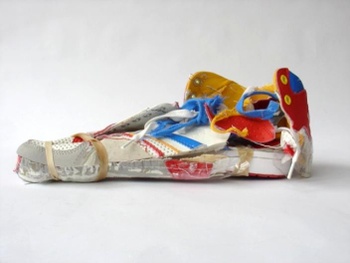
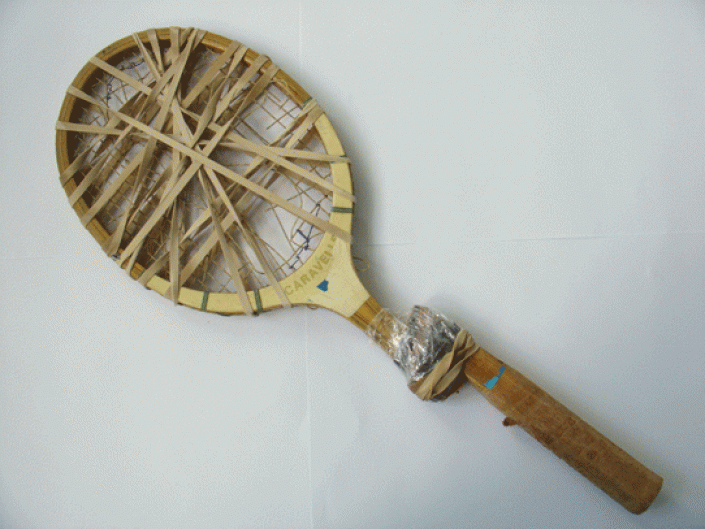
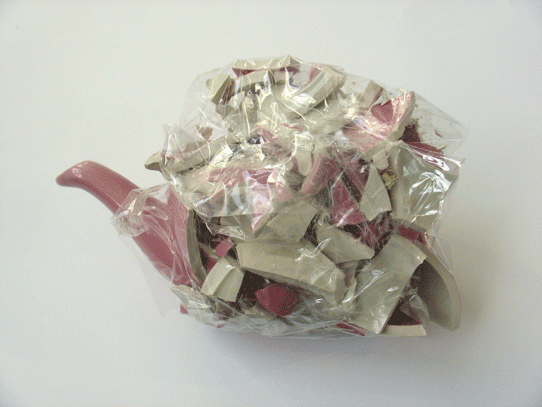
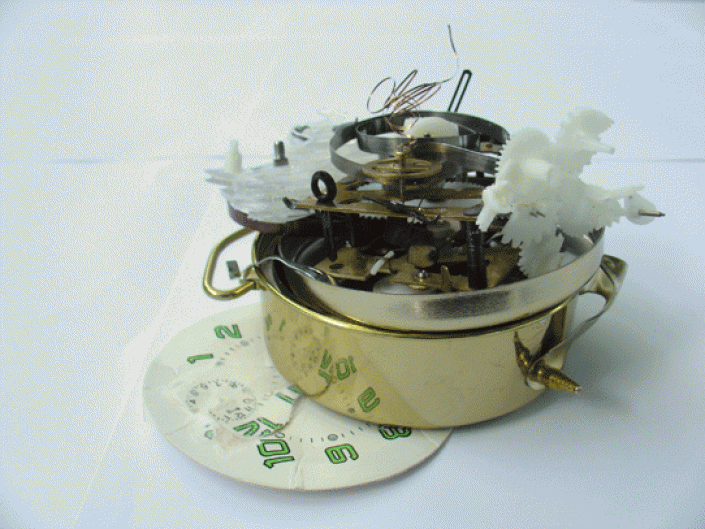
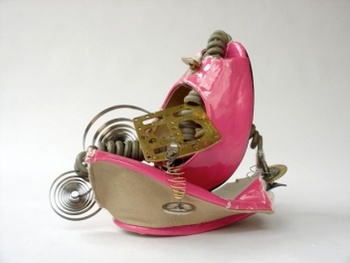
There are many layers of content touched on in the installation. But you refuse to be explicit or obvious.
McIntosh: One of the triggers for it was the earthquake in Christchurch (in New Zealand), which was followed soon afterwards by Fukushima. At the time, I was in Wellington, where there is always a high risk of earthquakes. It was really weird to see the images of a smashed-up city in the mass media. It gave us the fascinating feeling that we could be atomised at any minute, that every certainty could suddenly disappear. That seems frightening, but it has a chastening effect too. Our capitalist consumer culture, with its compulsion to get rid of things almost faster than we acquire them, is part of it. Worktable also deals surreptitiously with our working conditions. But those are not the most important points of interest. The installation looks for playfulness in adults; it appeals to our childlike surprise, reminding us of the time when we took our toys apart out of curiosity to see what was inside. And it looks at our evaluation of objects.
Together with SPIN and Dries Douibi, you are also presenting Quantifiction: a laboratory project in which you look at society’s tendency to express everything in figures and economic terms.
McIntosh: We try to understand the world through statistics. Policy-makers want to see results and graphics for everything. In many social domains, including the arts, that is questionable. We make a developing installation within which, quite often, people are at work. We are working on a manifesto and we present artistic projects in relation to this material.
WORKTABLE • 7 > 9 & 14 > 16/5, 17 > 22.00, 10, 11, 17 & 18/5, 14 > 20.00, access every 15 minutes, €12/16, Bozar, rue Ravensteinstraat 23, Brussel/Bruxelles, 02-507.82.00, www.bozar.be, www.kfda.be
McIntosh: One of the triggers for it was the earthquake in Christchurch (in New Zealand), which was followed soon afterwards by Fukushima. At the time, I was in Wellington, where there is always a high risk of earthquakes. It was really weird to see the images of a smashed-up city in the mass media. It gave us the fascinating feeling that we could be atomised at any minute, that every certainty could suddenly disappear. That seems frightening, but it has a chastening effect too. Our capitalist consumer culture, with its compulsion to get rid of things almost faster than we acquire them, is part of it. Worktable also deals surreptitiously with our working conditions. But those are not the most important points of interest. The installation looks for playfulness in adults; it appeals to our childlike surprise, reminding us of the time when we took our toys apart out of curiosity to see what was inside. And it looks at our evaluation of objects.
Together with SPIN and Dries Douibi, you are also presenting Quantifiction: a laboratory project in which you look at society’s tendency to express everything in figures and economic terms.
McIntosh: We try to understand the world through statistics. Policy-makers want to see results and graphics for everything. In many social domains, including the arts, that is questionable. We make a developing installation within which, quite often, people are at work. We are working on a manifesto and we present artistic projects in relation to this material.
WORKTABLE • 7 > 9 & 14 > 16/5, 17 > 22.00, 10, 11, 17 & 18/5, 14 > 20.00, access every 15 minutes, €12/16, Bozar, rue Ravensteinstraat 23, Brussel/Bruxelles, 02-507.82.00, www.bozar.be, www.kfda.be
Read more about: Events & Festivals , Podium
Fijn dat je wil reageren. Wie reageert, gaat akkoord met onze huisregels. Hoe reageren via Disqus? Een woordje uitleg.